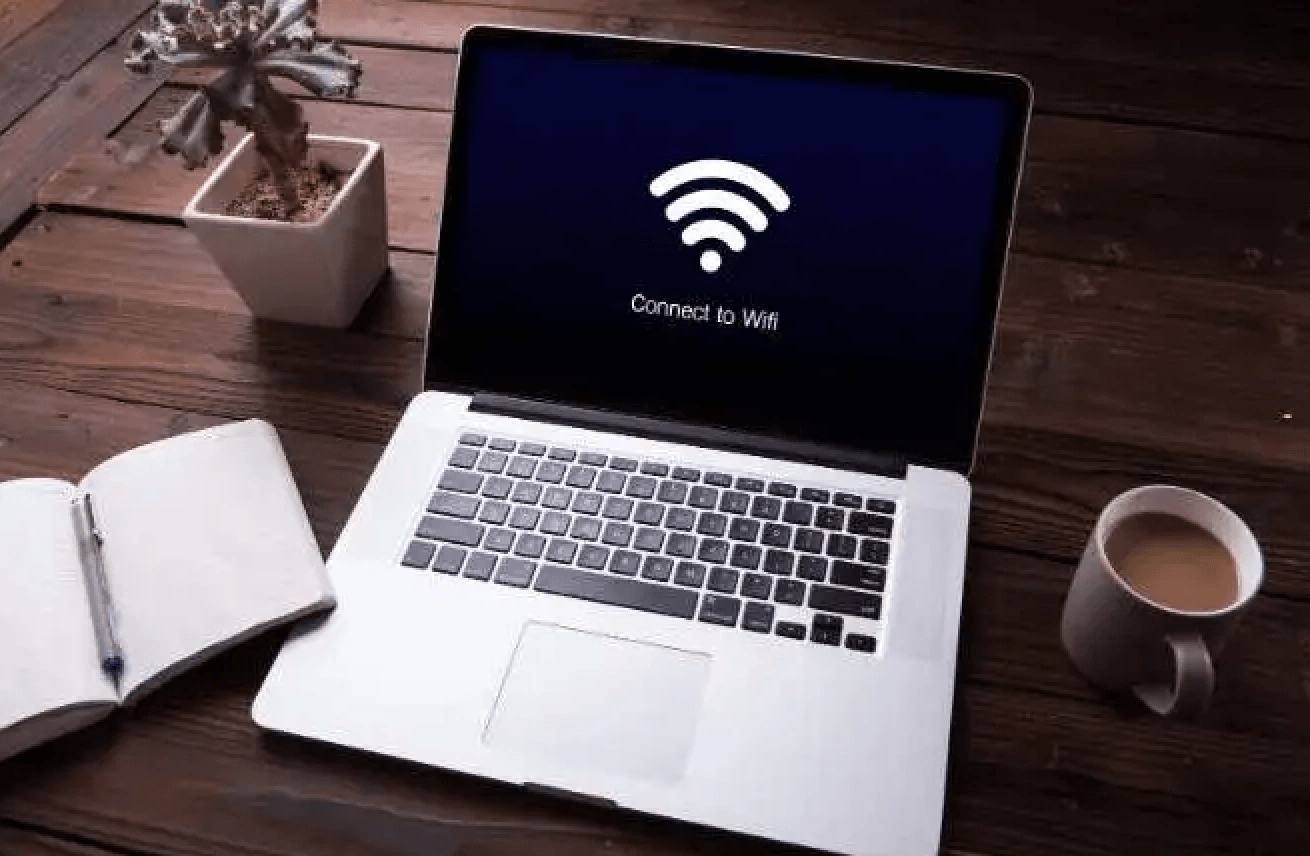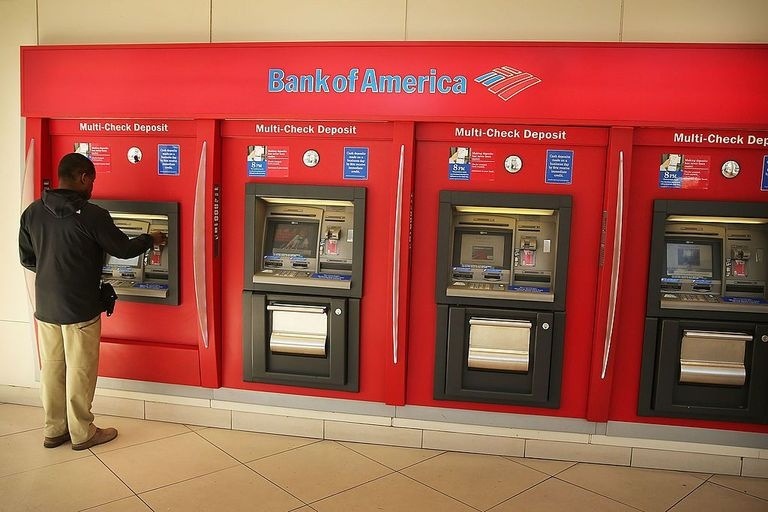By Jeanette Brown
- AT&T was 1 of 4 internet providers found in 38 cities across America offering slower speeds for the same price as faster speeds
- Residents of the mostly White, upper-income neighborhood of Lakeview, MI internet speeds almost 400 times faster than Neville, MI, for the same price of $55 a month
Imagine waking up 45 days straight with no cellphone signal, Wi-Fi, or telephone service. This is a form of digital redlining, an underinvestment by internet providers in low-income communities resulting in plans with lower speeds at the same price. Specifically, AT&T was one of four internet providers found in 38 cities across America offering slower speeds for the same price as faster speeds, according to the Associated Press.
Why This Matters: The pandemic exposed a range of societal inequities, and the digital divide was significant. In 2021, from September to November, residents of the Hope Village neighborhood near the geographic center of Detroit, Michigan were without their AT&T internet service, before being restored, according to The Mark Up. This area has a per capita yearly income of just over $11,000 and is almost entirely Black.
The Mark Up highlights AT&T offers residents of the mostly White, upper-income neighborhood of Lakeview, MI internet speeds almost 400 times faster than Neville, MI, for the same price of $55 a month. Today, 70% of Detroit’s school-age children still do not have internet access at home.
The households with slower service are in lower-income areas with fewer White residents, and the bad service does not come at a better price. Hope Village and the 19 million Americans experiencing the digital divide are clear examples of its presence in today’s society.
Growing up in Bushwick, Brooklyn, in the late 80s/90s, cable service was not an option for residents in my neighborhood. “We don’t service that area” was the response from providers that serviced white, wealthy neighbors just a few blocks away. It never occurred to me as a young youth, yo, rockin’ a gold tooth and ‘lo goose, that the decision not to invest in infrastructure in my neighborhood was due to the race of the population that resided there.
Situational Awareness: It’s been one year since the Digital Equity Act of 2021 was signed into law. Local and federal governments are investing time and resources to provide access to high-speed internet. Also, regional and local community organizations can help fix digital redlining.
CBX Vibe: “The Story of O.J.” Jay-Z









